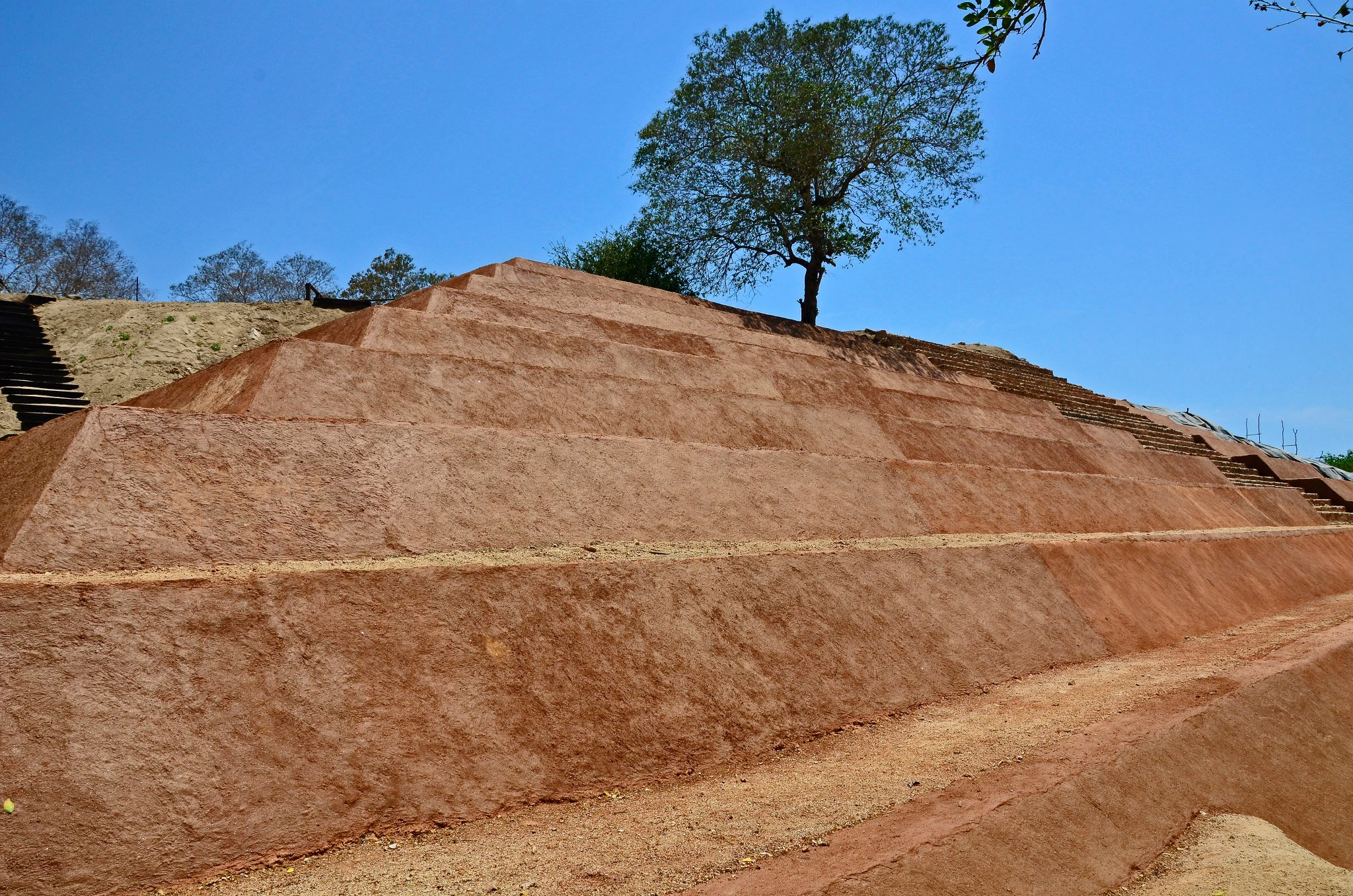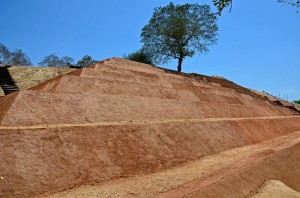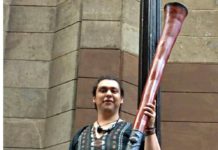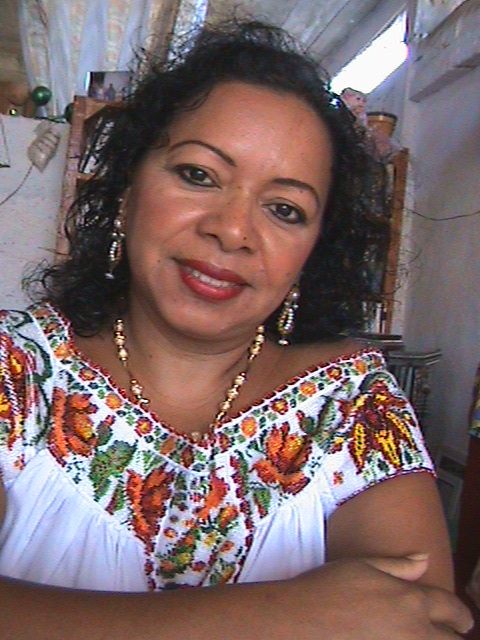Pyramids and Pre-Hispanic Artifacts at the Xihuacan (La Chole) Museum
You can now learn more about the indigenous cultures of Mexico by visiting the “Xihuacan” Museum and pyramid at the “Soledad de Maciel” archaeological site in Petatlán, Guerrero, located about forty-five minutes south of Ixtapa Zihuatanejo, Guerrero, on Federal Highway 200.
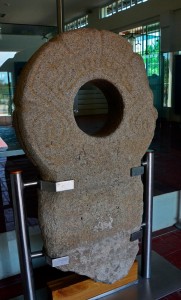
More than eight hundred pre-Hispanic pieces are on display at the museum, such as figurines, obsidian vases, works made of shells, copper axes, bell necklaces, and ceramics. Among the most remarkable ancient objects at the site is a large, circular stone carved with the name of “Xihuacan,” which is the native Náhuatl word for the geographical area during the pre-Hispanic period.
The first inhabitants in the Soledad de Maciel zone were the “Nahuas” (pronounced nɑ-wɑ-z) in the Preclassic period (2500 BC to 200 AD). Their native language is called Náhuatl. Evidence suggests the Nahua peoples originated in regions of the present-day southwestern United States and northwestern Mexico. They migrated into central Mexico and spread out to become the dominant people in the area. Some of the most important Mesoamerican civilizations were of Nahua ethnicity, including the Toltec and Aztec cultures, as well as the Tepaneca, Acolhua, Tlaxcaltec, Xochimilco, and many others.
A pyramid is currently being excavated at the site. Photo by: Margaret Reid of Zihuatanejo.
According to archaeologist Rodolfo Lobato of the INAH, the Soledad de Maciel zone reached its peak during the Epiclassic period (650–900 AD). During that time, the site was one of the largest and most important ceremonial centers of agricultural and religious rites and was a regional seat of power. The area was gradually abandoned due to flooding that made inhabitants migrate to higher lands.
There are approximately 600,000 indigenous people living in the state of Guerrero, about 20 percent of its total population. There are more than twenty different native languages spoken by its inhabitants, but the principal one is Náhuatl.
To reach the museum, travel south from Zihuatanejo on Federal Highway 200 (toward Acapulco) for about forty-five minutes. Directional signs are posted along the highway. The Xihuacan site museum is open Tuesday through Sunday from 10:00 a.m. to 5:00 p.m. There is no cost for entry.
The video is courtesy of Mr. Jesus Garcia, the General Manager of Sunscape Dorado Resort in Ixtapa.
Related Article:

